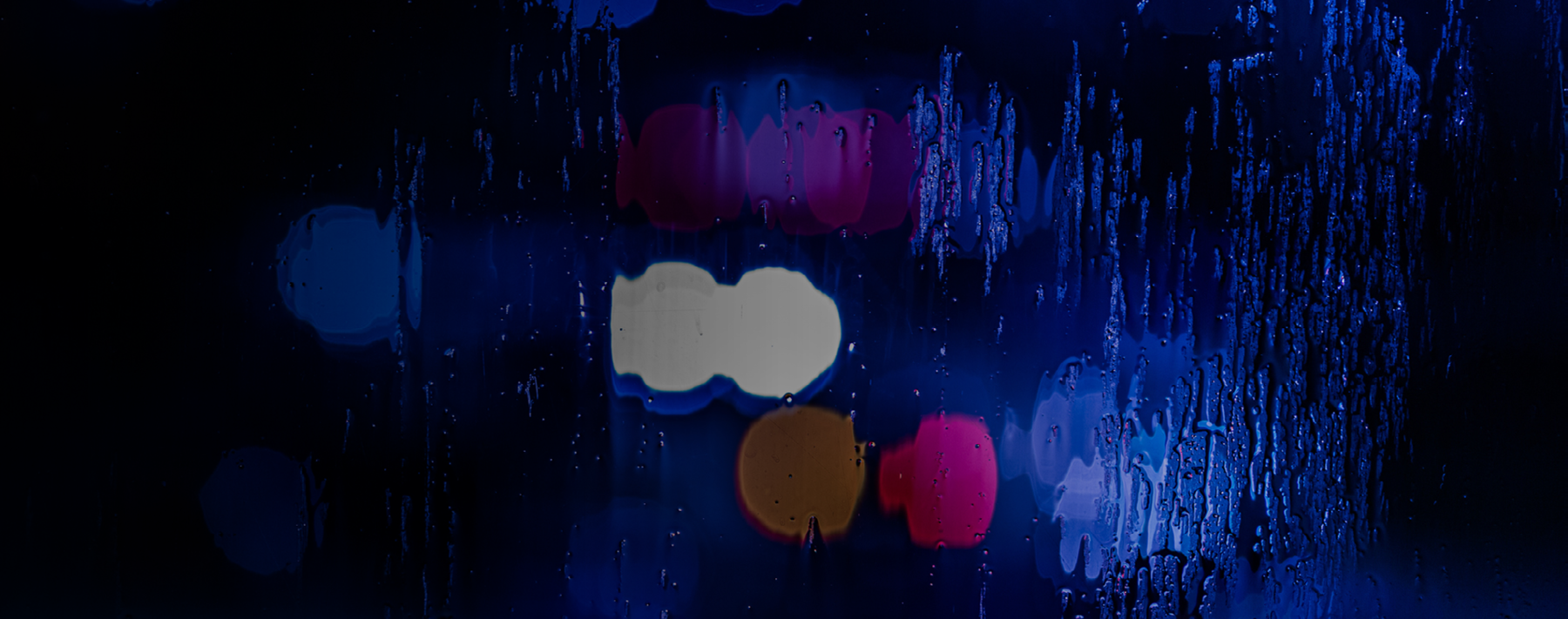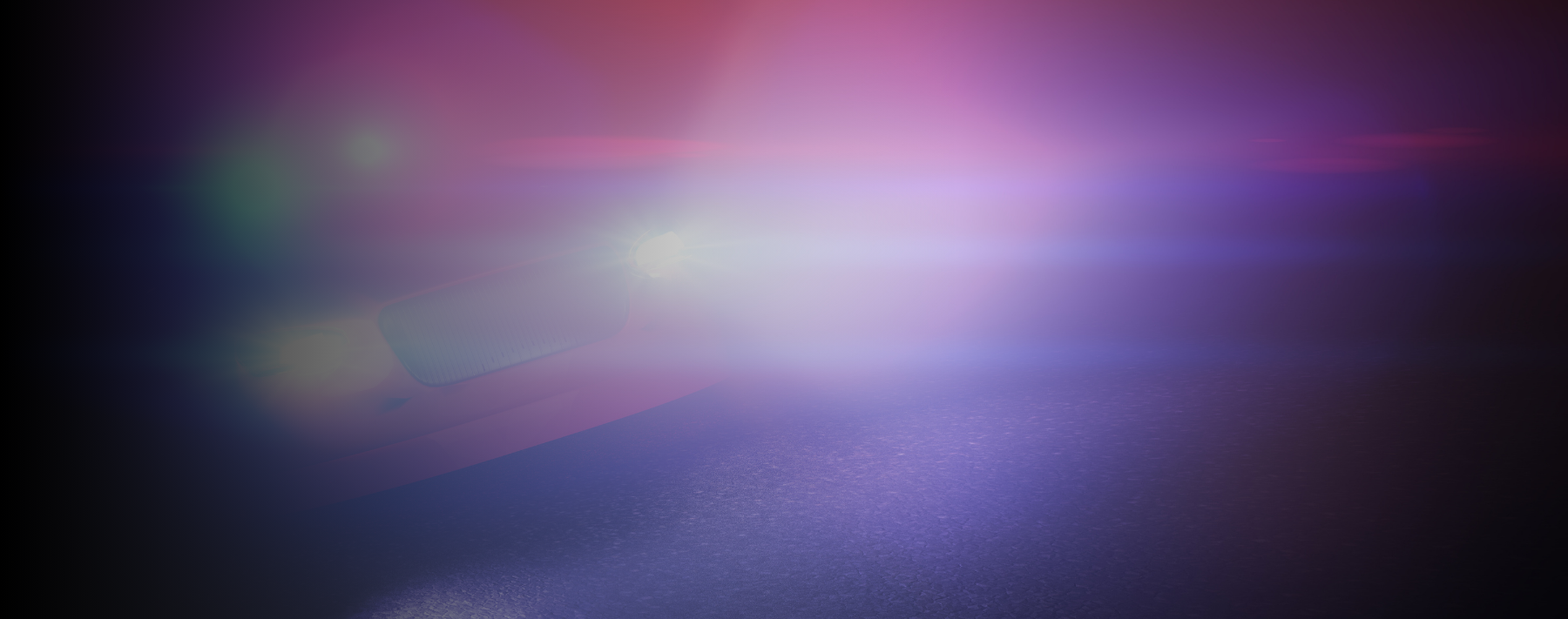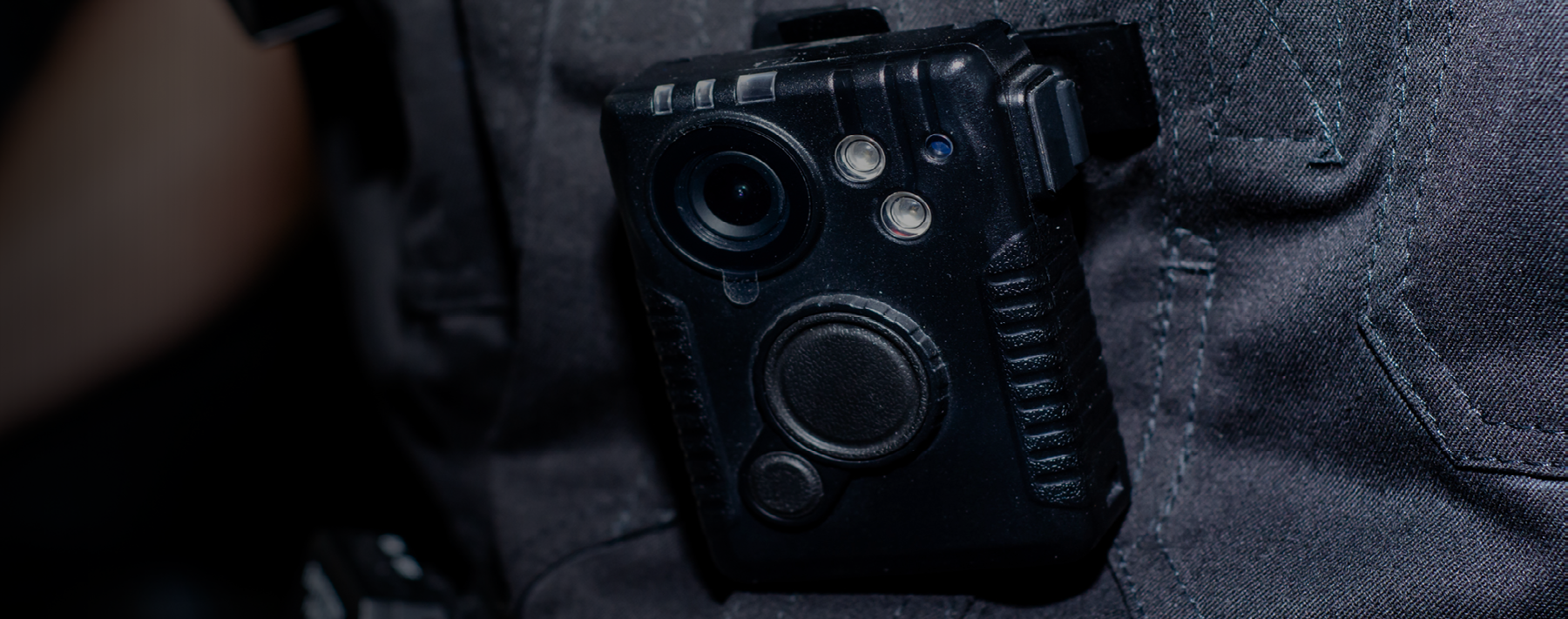The landscape of policing in America has shifted cataclysmically over the last month. Every one of us has been impacted in some way by what happened in Minneapolis. And the fallout will continue indefinitely. Right now, the courts are very attuned to current police use of force practices. Some recent cases have explicit references to George Floyd and the subsequent civil unrest.
I have frequently discussed qualified immunity applied to officers accused of constitutional violations. Amidst activists’ and academics’ cries for abandonment of the doctrine of qualified immunity, the United States Supreme Court rejected, though not without dissent, invitations to review at least seven cases involving qualified immunity against liability for allegations of police violations of rights under Section 1983 of the Civil Rights Act. Justice Clarence Thomas reminded the Court, “I have previously expressed my doubts about our qualified immunity jurisprudence.” Though she was silent on this month’s cases, Justice Sonia Sotomayor wrote earlier that the Court’s approach to qualified immunity had created “an absolute shield for law enforcement officers.” Justice Ruth Bader Ginsburg joined in her criticism. Surely, this discussion isn’t over.
In the lower courts, we’ve seen judges quickly get involved in controlling police tactics in near real time. A federal judge in Seattle ordered that the Seattle Police are “enjoined from employing chemical irritants or projectiles of any kind against persons peacefully engaging in protests or demonstrations. This injunction includes: (1) any chemical irritant such as and including CS Gas (‘tear gas’) and OC spray (‘pepper spray’) and (2) any projectile such as and including flash-bang grenades, ‘pepper balls,’ ‘blast balls,’ rubber bullets, and foam-tip projectiles” (Black Lives Matter Seattle-King County v. City of Seattle, 2020 WL 3128299 (W.D. Wa. 2020)).
Another federal judge in Denver issued similar restrictions to the Denver Police Department, banning rubber bullets fired at protesters in certain target zones and limiting use of chemical agents (Abay v. City of Denver, 2020 WL 3034161 (D. Colo. 2020)). In Portland, a federal judge imposed restrictions on police use of tear gas (Don’t Shoot Portland v. City of Portland, 2020 WL 3078329 (D. Or. 2020)). Is this a sign of an era of rapid-fire judicial control of police departments?
The call to defund police departments is profoundly ironic. Ironic because defunding social services, defunding community mental health treatment and defunding early childhood education and intervention have all contributed to the fuel burning in our inner cities today. Now is a time to re-fund those services and let the police focus on policing and community building – not on being the crisis worker for every social ill no one else is prepared to address. Now is the time to invest in better training for police.
In my department, we’ve had our own challenges. The challenge to our officers who have been asked to work long hours and serve on the front lines of chaos, abuse and unrest. The accompanying challenge to have bricks, bottles and rocks thrown at them. The challenge to make sense of any of it. For anyone committed to the ideal of American Exceptionalism and striving toward a more perfect union, the hallmark of which is liberty and justice for all, this is a period of heartache, disappointment in leadership and great pain.
We can do much more in building community relations and in listening to more and varied voices in our community. We can intensify recruitment for police departments to be more representative of the languages and cultures found in the areas we police.
Our nation and our communities are in crisis. Do you wonder what you should do? Do you feel helpless in the face of not knowing how to react? Winston Churchill advised, “Never let a good crisis go to waste.” Now is a moment to take stock of whether each of us is silently enabling divisiveness or rising up to build community, to be a better police officer, to focus outwardly and meet anger and desperation with empathy and humility.
What is happening on the streets of Minneapolis, Denver, Seattle, Salt Lake City and your city is our problem as members of the community and as police officers. We have a role to play in creating the more perfect union. It is our job, our oath, our promise to police a diverse society with equity. It is our job to identify, investigate, document and seek justice for any crime of bias. It is our job to eradicate any vestige of racially biased or otherwise illegal and unethical profiling.
We also have a role to play in identifying, calling out and eliminating racism in ourselves. Even for the most self-aware and outwardly focused person, it is uncomfortable to examine the impact of our own thoughts and actions. When it comes to the intractable problem of racism, we must be receptive to exploring our impact on other people.
Perhaps, like me, you wonder what to do next. We can do much more in building community relations and in listening to more and varied voices in our community. We can intensify recruitment for police departments to be more representative of the languages and cultures found in the areas we police.
Start a dialogue about racism, bias, privilege and inequality. You don’t have to find someone of another race or another culture, though it may well be very rewarding. Just start talking and asking how you and your circle can change hearts and minds. Learn what the people around you think. Talk about equality at the dinner table. Find books to read with your kids to prepare them to be part of a better world. Listen with the same intensity with which you wish to be heard.
Do something. What many have been doing clearly isn’t working. Gandhi observed: “If we could change ourselves, the tendencies in the world would also change. As a man changes his own nature, so does the attitude of the world change towards him. We need not wait to see what others do.” In other words, be the change you want to see. Figure out what you can do and where to start. Then just start.
I have great faith in our nation’s police officers. The foundation of my faith is our officers’ goodness and our fidelity to our oaths. The oath I took decades ago has no expiration date and no fine print with exceptions. Good cops know there is no room, no allowance and no tolerance for bias-based policing. If all my years wearing a badge have taught me one thing, it is that America’s police officers are good people with great hearts and a desire to serve.
This blog was featured in our Xiphos newsletter, a monthly legal-focused law enforcement newsletter authored by Ken Wallentine. Subscriptions are free for public safety officers, educators and public attorneys.



